A report by the ombudsman, which was released earlier this week, said that the processing time for applications had increased from 10 months in 2018 to as much as 3 years.
“That is far too long,” the ombudsman’s office said as the report was released.
“When a foreign doctor from a country outside of the EU or EEA applies for authorisation to work in Denmark, it takes around three years from when the Danish Patient Safety Authority receives the application to when the authority assesses whether the doctor’s training is suitable to be applied in practice,” it wrote.
That is despite the actual assessment of the application taking as little as “between two and five days”, the ombudsman wrote.
The report released by the parliamentary ombudsman’s office comes following an investigation into the issue by the watchdog. The Local has previously reported on the long waits faced by highly qualified foreign medics who seek to practice in Denmark.
READ ALSO: Why does Denmark take so long to authorise foreign medical professionals?
“(Three years) is far too long. Not least when you consider that the cases in reality are sitting still for more or less all of that period and the cases are normally uncomplicated and quick to process,” parliamentary ombudsman Niels Fenger said.
The Ombudsman investigation began in June 2021 following reports in Danish media and parliamentary discussion of the issue, it said.
According to the Danish Patient Safety Authority, longer processing times have occurred as a result of a marked increase in the number of applications, while around one and a half months of the authority’s yearly calendar is allocated to the task.
As a result, an imbalance has occurred between the number of staff and the number of applications which must be processed.
As of June 30th 2021, 1,224 applications were awaiting assessment by the Danish Patient Safety Authority, according to the ombudsman.
The parliamentary watchdog also stated that the Ministry of Health has informed it that it, along with the Patient Safety Authority, is currently looking into ways to reduce the waiting time.
The 2022 budget includes 23.1 million kroner of spending aimed at reducing the backlog of authorisation applications from health personnel from non-EU countries.
The ombudsman said it would review the waiting times again in 2024 to assess whether these initiatives have had the desired effect.

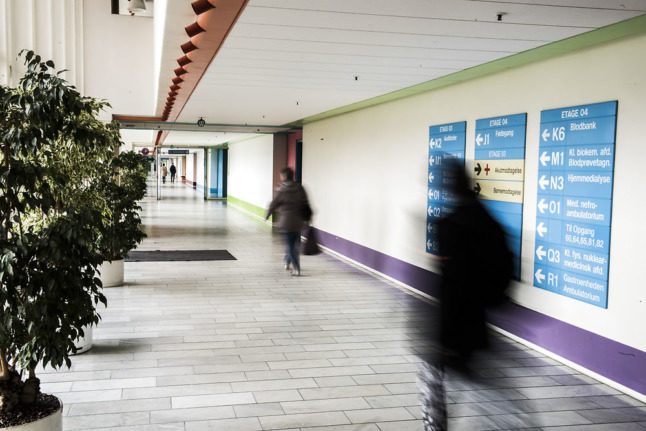
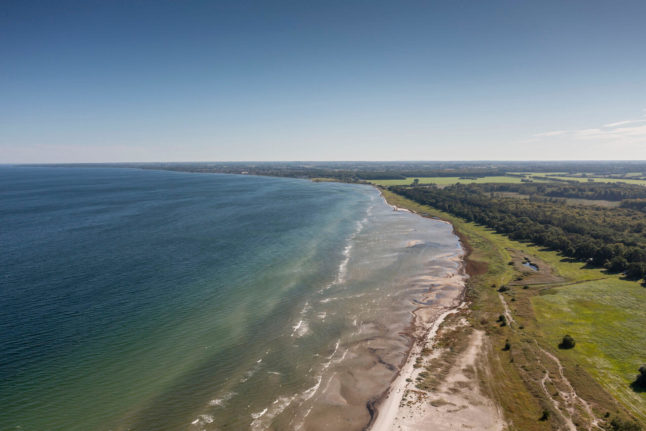
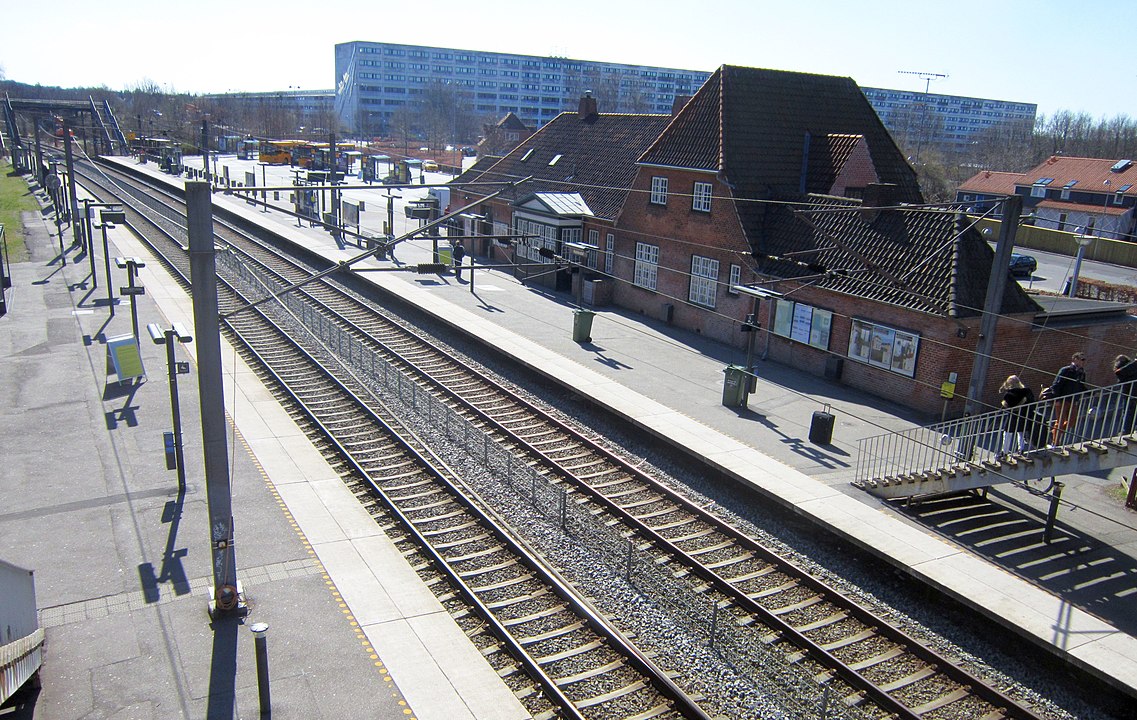
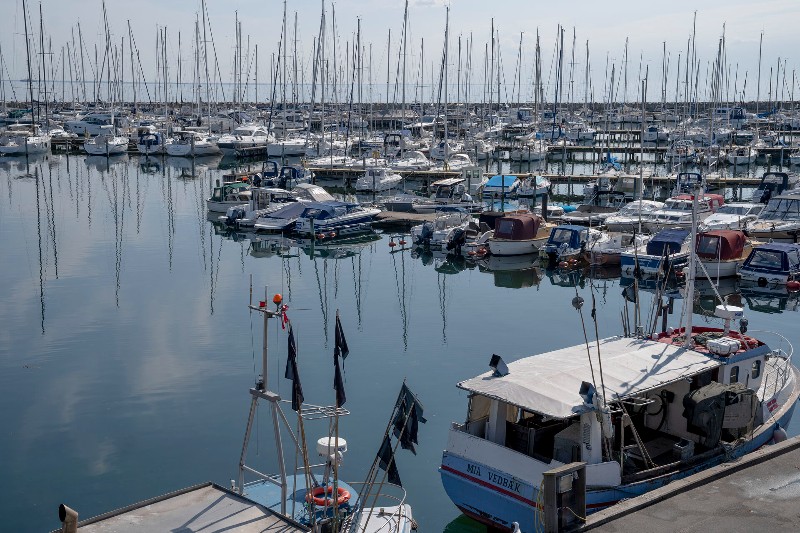
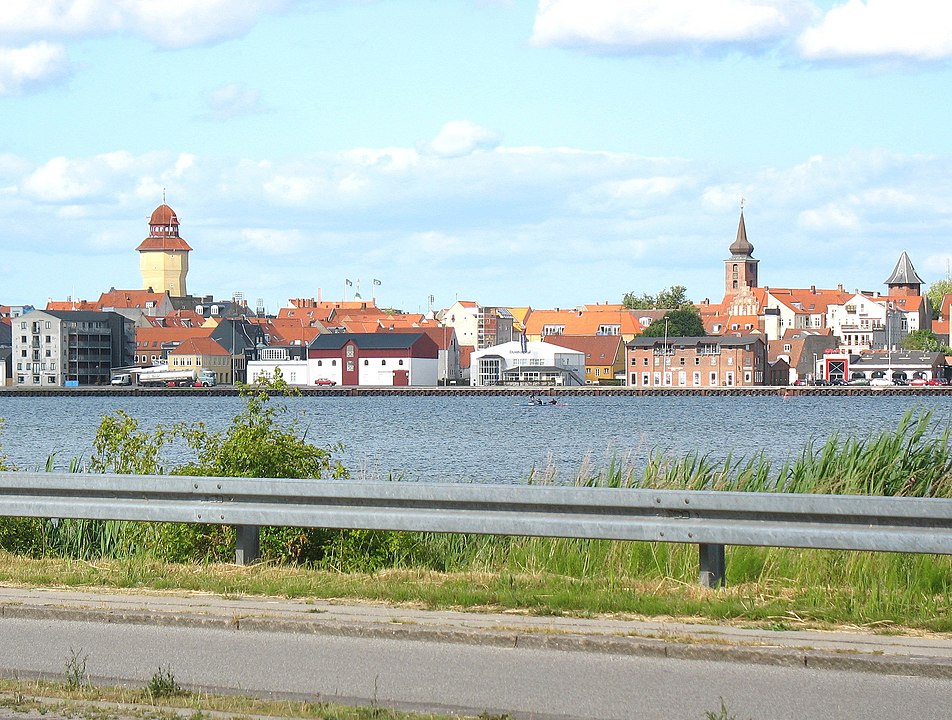
 Please whitelist us to continue reading.
Please whitelist us to continue reading.
Member comments